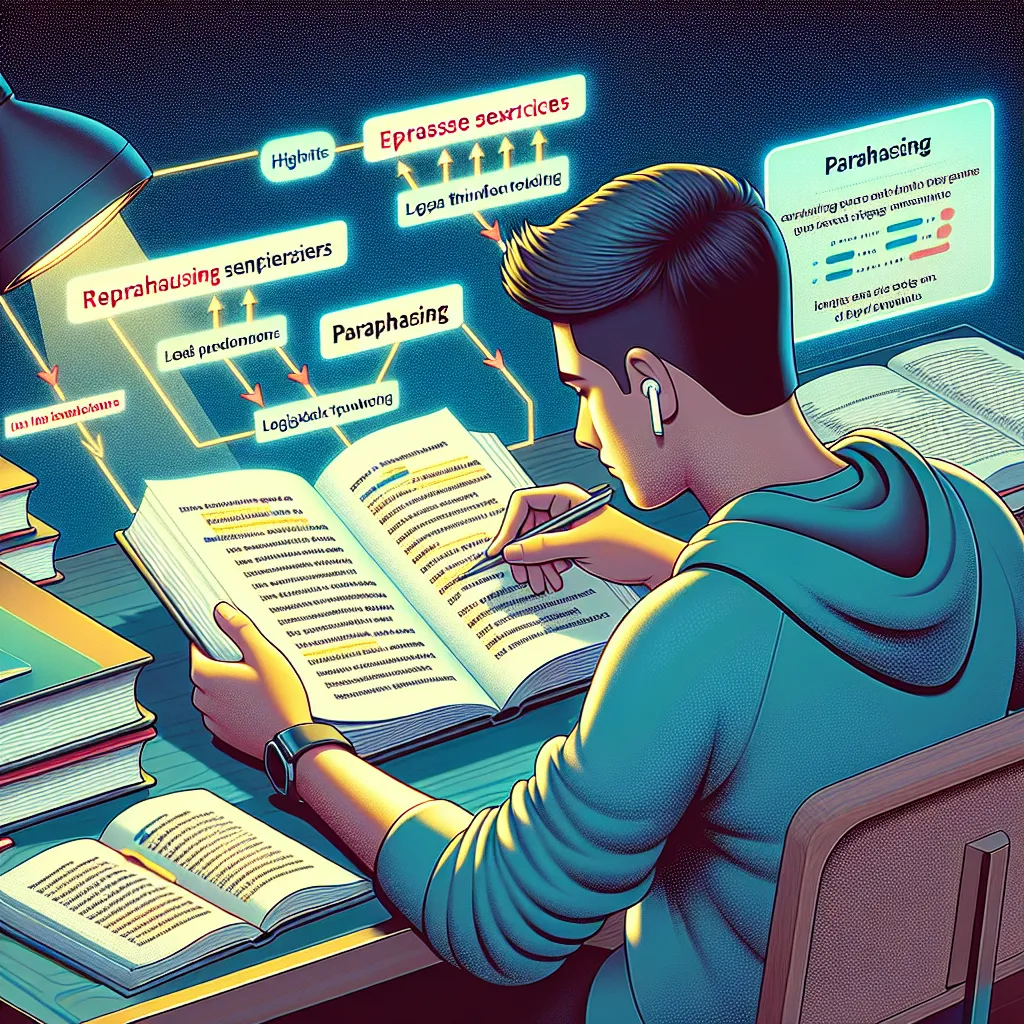Are you preparing for the IELTS exam and struggling with the Reading section, particularly the matching information task? You’re not alone. Many test-takers find this question type challenging, but with the right strategies, you can master it and boost your IELTS Reading score. In this comprehensive guide, we’ll explore the best strategies for tackling IELTS Reading matching information questions, helping you approach them with confidence and precision.
Understanding IELTS Reading Matching Information Questions
Before diving into strategies, it’s crucial to understand what matching information questions entail. In this task, you’re required to match statements or pieces of information to specific paragraphs in the text. The challenge lies in identifying the correct paragraph that contains the information, even if it’s expressed differently from the given statement.
 IELTS Reading Matching Information Example
IELTS Reading Matching Information Example
Key Strategies for Success
1. Skim the Text First
One of the most effective strategies is to begin by skimming the entire passage quickly. This initial read-through helps you:
- Grasp the main idea of each paragraph
- Identify the overall structure of the text
- Familiarize yourself with the content before diving into the questions
Take about 2-3 minutes for this step, focusing on the first and last sentences of each paragraph to get a general sense of the text’s flow.
2. Read the Questions Carefully
After skimming, turn your attention to the questions. As you read each statement:
- Underline key words or phrases
- Look for specific details or unique information that can help you locate the correct paragraph
- Pay attention to names, dates, or numbers mentioned in the statements
This step is crucial for focusing your search when you return to the text.
3. Use Keyword Matching Technique
When searching for the correct paragraph:
- Look for the key words or synonyms you identified in the questions
- Remember that the information might be paraphrased, so focus on meaning rather than exact wording
- Be aware of distractors – similar information that appears in other paragraphs
This technique helps you quickly locate potential matches without getting bogged down in details.
4. Employ the Process of Elimination
As you work through the questions:
- Cross out paragraphs you’ve already matched
- Eliminate options that clearly don’t contain the required information
This strategy helps narrow down your choices and saves time on subsequent questions.
5. Don’t Get Stuck on Difficult Questions
If you’re struggling with a particular question:
- Mark it and move on to the next one
- Return to challenging questions after completing the easier ones
- Use any remaining time to tackle these difficult questions
Remember, all questions are worth the same, so it’s better to answer more questions than to spend too much time on a single difficult one.
6. Practice Active Reading
Develop your active reading skills:
- Ask yourself questions as you read
- Make mental notes of key information in each paragraph
- Try to predict where certain types of information might be found
This approach keeps you engaged with the text and improves your ability to quickly locate relevant information.
7. Time Management is Crucial
Effective time management is essential:
- Allocate about 20 minutes for each passage in the IELTS Reading section
- Spend no more than 5-6 minutes on the matching information task
- Leave time to transfer your answers to the answer sheet
Practice with timed exercises to improve your speed and efficiency.
Common Pitfalls to Avoid
1. Over-relying on Word Matching
While keyword matching is useful, don’t fall into the trap of relying solely on this method. The correct information may be paraphrased or expressed using synonyms.
2. Ignoring Context
Always consider the context of the information in both the question and the text. Sometimes, similar information appears in multiple paragraphs, but only one will match the specific context required.
3. Rushing Through the Text
Although time is limited, resist the urge to rush. Careful reading is often faster in the long run as it reduces the need to reread passages.
Practice Makes Perfect
To truly master the matching information task:
- Use official IELTS practice materials
- Time yourself during practice sessions
- Analyze your mistakes to identify patterns and areas for improvement
Remember, consistent practice is key to improving your performance in this and all IELTS Reading tasks.
Conclusion
Mastering the IELTS Reading matching information task is all about developing a strategic approach and honing your skills through practice. By implementing these strategies – from careful skimming and keyword matching to effective time management and active reading – you’ll be well-equipped to tackle this challenging question type with confidence.
Remember, improvement takes time and effort. Stay patient, keep practicing, and you’ll see your IELTS Reading scores improve. Good luck with your IELTS preparation!
[internal_links]




